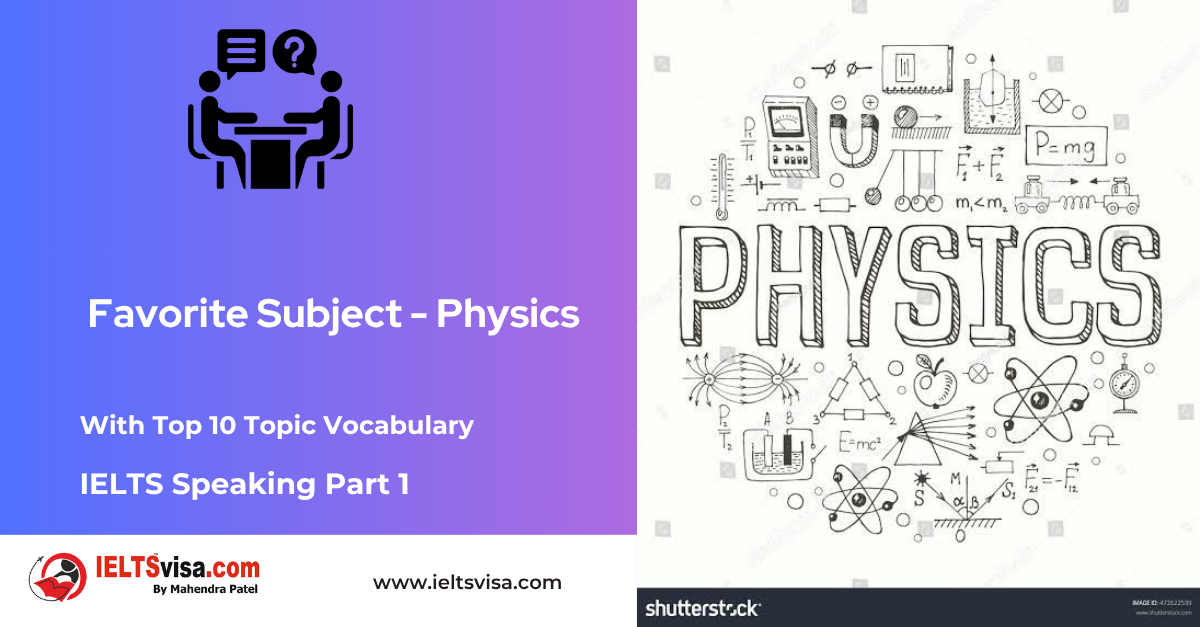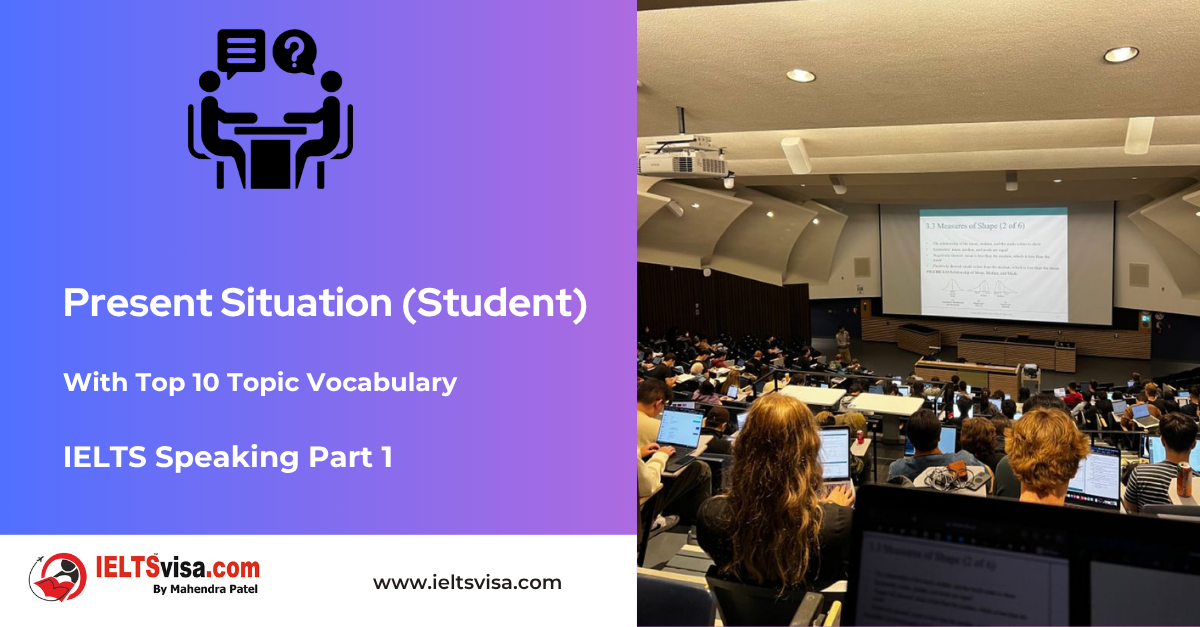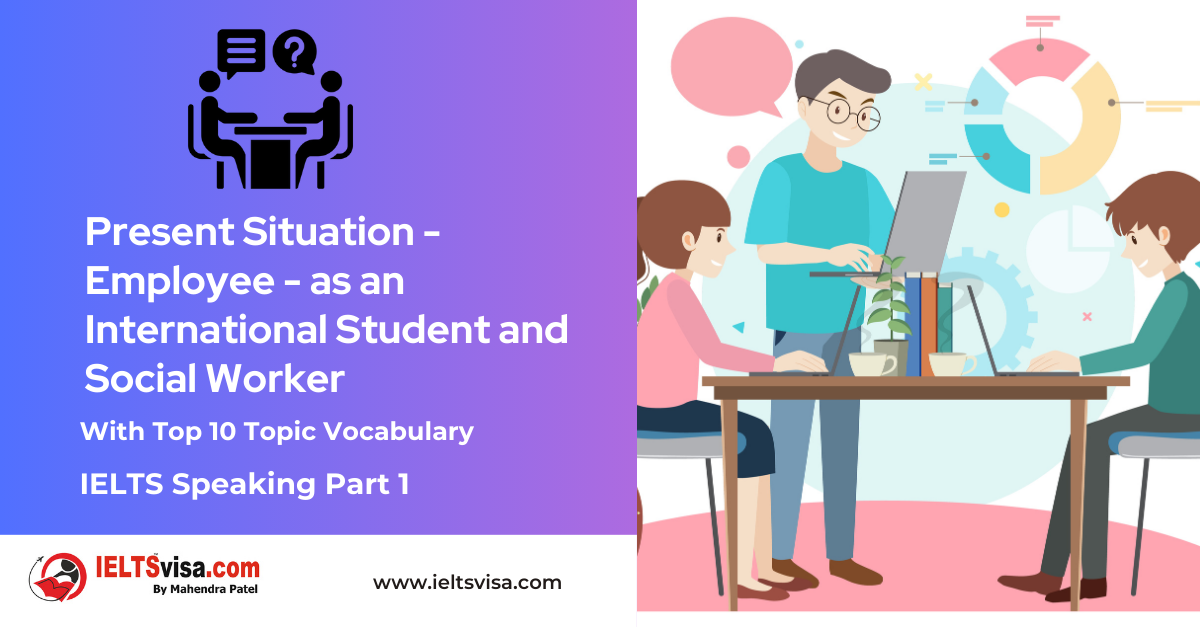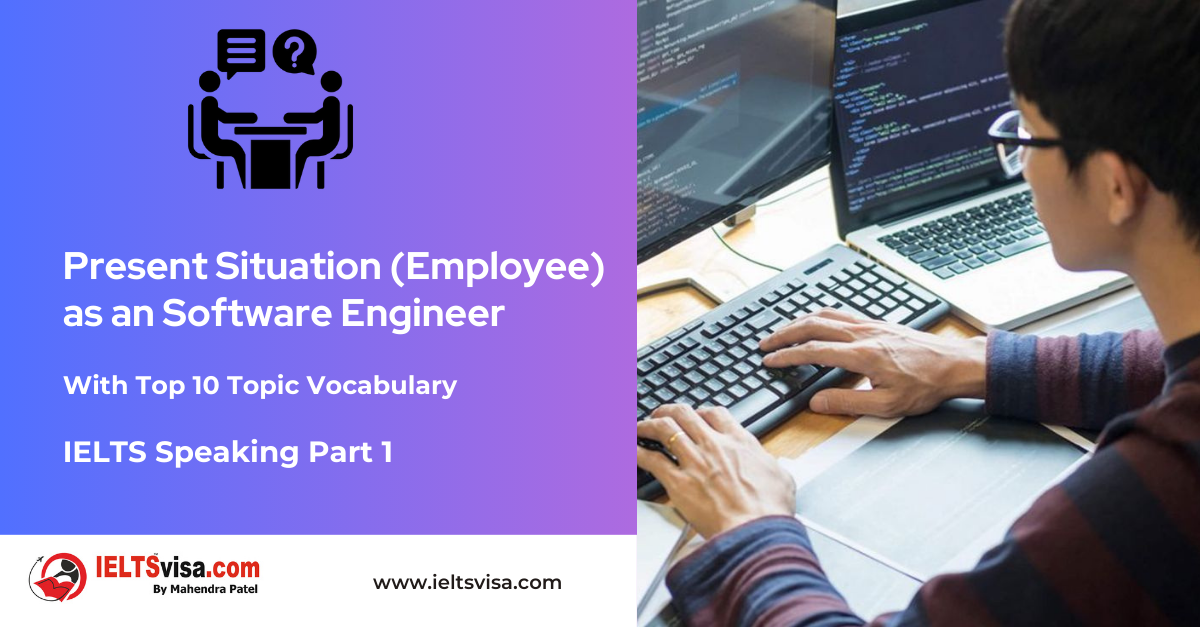Questions and Auxiliary Verbs
Grammar for IELTS
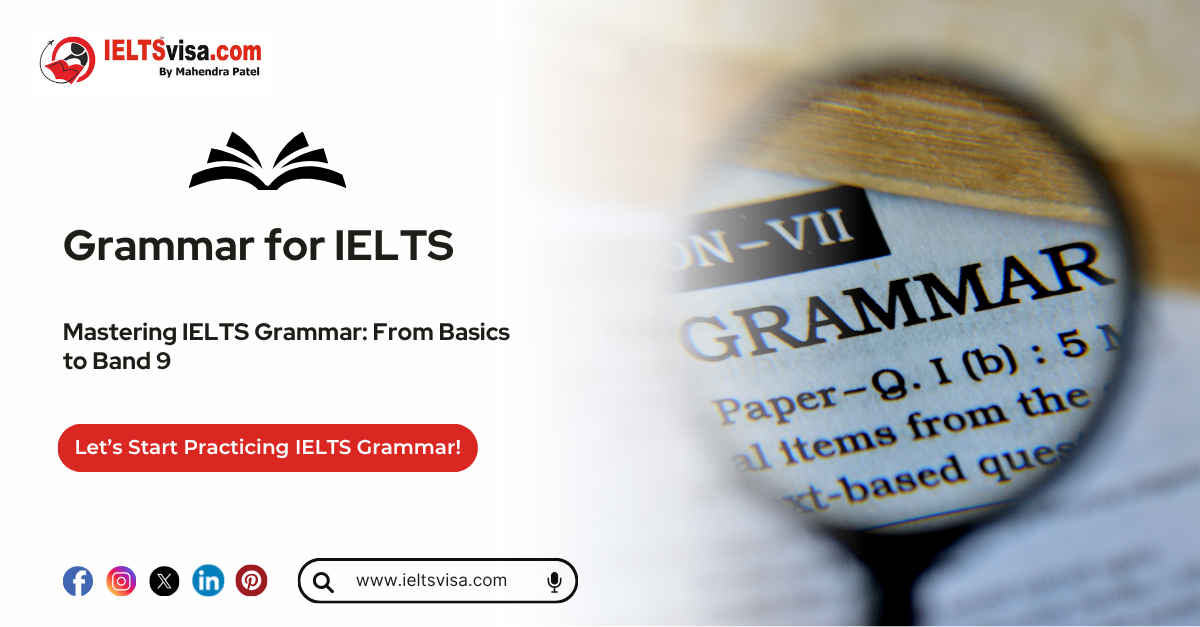
Questions and Auxiliary Verbs
Understanding how to form and use questions and auxiliary verbs is a crucial skill for mastering the English language. Auxiliary verbs (also known as helping verbs) are a fundamental part of English grammar, as they help form various tenses, moods, and voices in sentences. This guide will break down everything you need to know about questions and auxiliary verbs, focusing on clear explanations and engaging examples.
Table of Contents
1. What Are Auxiliary Verbs?
-
- Definition
- List of Common Auxiliary Verbs
2. Types of Auxiliary Verbs
-
- Primary Auxiliary Verbs
- Modal Auxiliary Verbs
3. What Are Questions?
-
- Definition and Importance
- Types of Questions
4. How to Form Questions with Auxiliary Verbs
-
- Yes/No Questions
- Wh- Questions
- Tag Questions
5. Common Mistakes with Questions and Auxiliary Verbs
6. Advanced Usage of Auxiliary Verbs in Questions
-
- Questions in Continuous Tenses
- Questions in Perfect Tenses
- Questions in Passive Voice
7. Practice Exercises
8. FAQs on Questions and Auxiliary Verbs
9. Tips for Mastery
1. What Are Auxiliary Verbs?
Definition
Auxiliary verbs, also known as helping verbs, are used with main verbs to express tense, mood, or voice. They provide grammatical support and cannot stand alone in a sentence.
List of Common Auxiliary Verbs
1. Primary Auxiliary Verbs:
-
-
- Be (am, is, are, was, were)
- Have (has, have, had)
- Do (do, does, did)
-
2. Modal Auxiliary Verbs:
-
-
- Can, could
- May, might
- Will, would
- Shall, should
- Must
- Ought to
-
2. Types of Auxiliary Verbs
Primary Auxiliary Verbs
Used to form continuous and perfect tenses.
- Examples:
- Be: She is reading a book. (Present continuous)
- Have: They have completed their homework. (Present perfect)
- Do: Do you like ice cream? (Question formation)
Modal Auxiliary Verbs
Express possibility, ability, necessity, or permission.
- Examples:
- Can: I can swim.
- Should: You should study for the test.
- Might: It might rain today.
3. What Are Questions?
Definition and Importance
A question is a sentence that seeks information. It typically ends with a question mark (?) and often begins with an auxiliary verb or a question word (who, what, where, etc.).
Types of Questions
- Yes/No Questions: Require a yes or no answer.
-
- Example: Are you coming to the party?
-
- Wh- Questions: Begin with question words (who, what, where, when, why, how).
-
- Example: Where are you going?
-
- Tag Questions: Added at the end of a statement to confirm information.
-
- Example: You’re coming to the party, aren’t you?
-
4. How to Form Questions with Auxiliary Verbs
Yes/No Questions
Start with an auxiliary verb followed by the subject and the main verb.
Examples:
-
-
- Are you happy?
- Did she call you?
-
Wh- Questions
Start with a question word, followed by an auxiliary verb, the subject, and the main verb.
Examples:
-
-
- What are you doing?
- Where have they gone?
-
Tag Questions
Add an auxiliary verb and pronoun at the end of a statement.
Examples:
- She is smart, isn’t she?
- They didn’t leave, did they?
5. Common Mistakes with Questions and Auxiliary Verbs
1. Incorrect Word Order
-
- Incorrect: You are coming?
- Correct: Are you coming?
2. Omitting the Auxiliary Verb
-
- Incorrect: She going to the store?
- Correct: Is she going to the store?
3. Using the Wrong Auxiliary Verb
-
- Incorrect: Does he can swim?
- Correct: Can he swim?
6. Advanced Usage of Auxiliary Verbs in Questions
Questions in Continuous Tenses
Formed with the auxiliary verb be.
Examples:
-
- What are you doing?
- Were they studying?
Questions in Perfect Tenses
Formed with the auxiliary verb have.
Examples:
-
- Have you seen this movie?
- Had she finished her work before the meeting?
Questions in Passive Voice
Combine auxiliary verbs with the past participle.
Examples:
-
- Is the work being done?
- Was the cake baked by her?
7. Practice Exercises
Convert the following statements into questions:
1. She is reading a book.
2. They have completed the project.
3. He will arrive at noon.
4. She can sing beautifully.
5. They were playing in the park.
Answers:
1. Is she reading a book?
2. Have they completed the project?
3. Will he arrive at noon?
4. Can she sing beautifully?
5. Were they playing in the park?
Tips for Mastery
1. Practice Regularly: Use auxiliary verbs in both written and spoken sentences.
2. Read and Observe: Notice how questions are formed in books, articles, and conversations.
3. Correct Mistakes: Keep a list of common errors you make and actively work on them.
FAQs on Questions and Auxiliary Verbs
Q1. What is the role of auxiliary verbs in questions?
Auxiliary verbs help form the structure of questions, determine the tense, and indicate the subject’s action.
Q2. Can a question exist without an auxiliary verb?
Yes, in informal or imperative structures. For example:
-
- Who knows the answer?
Q3. How do auxiliary verbs differ in forming negative questions?
Negative questions include “not” after the auxiliary verb.
-
- Example: Did she not call you? (or Didn’t she call you?)

Our Books
Master IELTS Speaking Part 1
IELTS Writing Task 1 Book
IELTS Writing Task 2 Book
Practice IELTS Other Modules
IELTS Listening
The IELTS Listening test assesses how well you can understand spoken English in various contexts. It lasts about 30 minutes and is divided into four sections with a total of 40 questions. The listening tasks become increasingly difficult as the test progresses.
IELTS Academic Reading
The IELTS Academic Reading section assesses your ability to understand and interpret a variety of texts in academic settings. It is designed to evaluate a range of reading skills, including skimming for gist, reading for main ideas, reading for detail, understanding inferences, and recognizing a writer's opinions and arguments.
IELTS Speaking
The IELTS Speaking test assesses your ability to communicate in English on everyday topics. It lasts 11-14 minutes and consists of three parts: introduction, cue card, and a discussion based on the cue card topic.
IELTS General Reading
IELTS General Reading tests your ability to understand and interpret various types of texts. Here are some key areas and types of content you can expect to encounter in the reading section, along with tips for effective preparation.
IELTS Academic Writing Task 1
In IELTS Academic Writing Task 1, you are presented with a visual representation of information, such as graphs, charts, tables, or diagrams, and you are required to summarize, compare, or explain the data in your own words.
IELTS General Writing Task 1
In IELTS General Writing Task 1, you are required to write a letter based on a given situation. The letter can be formal, semi-formal, or informal, depending on the prompt. Here’s a breakdown of the key components to include in your letter
IELTS Academic Writing Task 2
In IELTS Academic Writing Task 2, you are required to write an essay in response to a question or topic. Here’s a guide to help you understand the essential elements of this task
IELTS Exam Tips
To succeed in the IELTS exam, practice regularly, familiarize yourself with the test format, improve your vocabulary, develop time management skills, and take mock tests to build confidence.
Grammer for IELTS
Grammar is the foundation of effective communication in English. Understanding tense usage, subject-verb agreement, and sentence structure enhances clarity and coherence in writing and speaking.
Vocabulary for IELTS
Vocabulary plays a crucial role in the IELTS (International English Language Testing System) exam, especially in the Speaking and Writing sections. Here’s an overview of why vocabulary is important and how it impacts your performance
RECENT IELTS SAMPLES QUESTIONS AND ANSWERS
IELTS Speaking Part 1 – Favourite Sujbect – Physics
IELTS Speaking Part 1 - Favourite Sujbect - Physics Q: What is your favourite subject? A: My favourite subject...
IELTS Speaking Part 1 – Present Situation (Student)
IELTS Speaking Part 1 - Present Situation (Student) Q1: Are you a student or do you work?A: I’m a full-time...
IELTS Speaking Part 1 – Present Situation – Employee – as an International Student and Social Worker
IELTS Speaking Part 1 - Present Situation - Employee - as an International Student and Social Worker Q1: Are...
IELTS Speaking Part 1 – Persent Situation – Employee- as an Electric Engineer
IELTS Speaking Part 1 - Persent Situation - Employee- as an Electric Engineer Q1: What do you do for a...
IELTS Speaking Part 1 – Persent Situation – Employee – as an Software Engineer
IELTS Speaking Part 1 - Persent Situation - Employee - as an Software Engineer Q1: What do you do for a...
IELTS Speaking Part 1 – Persent Situation – Married
IELTS Speaking Part 1 - Persent Situation - Married Q1: Are you married?A: Yes, I am married. My spouse and I...

